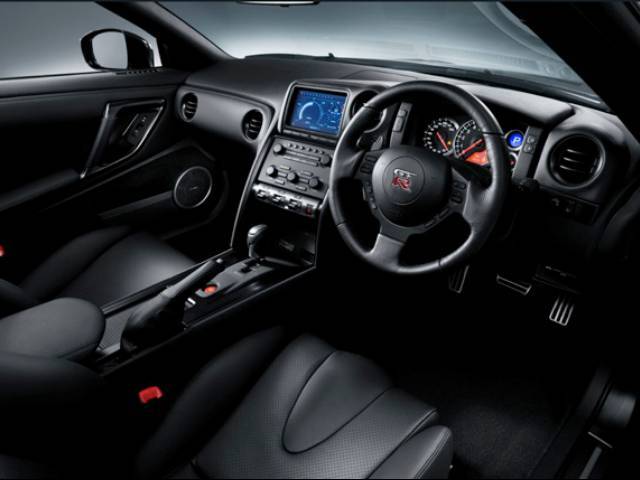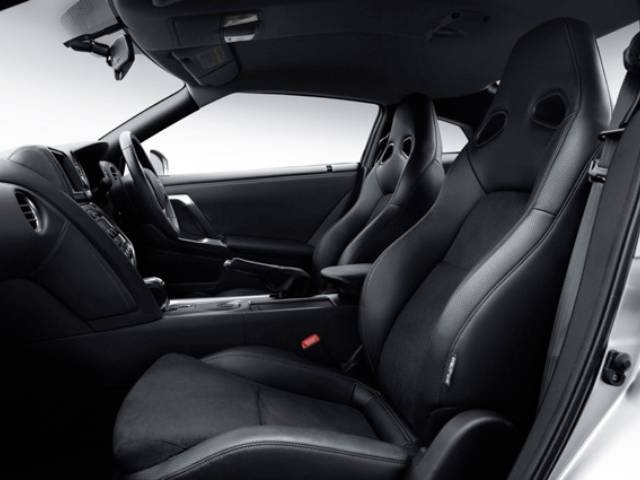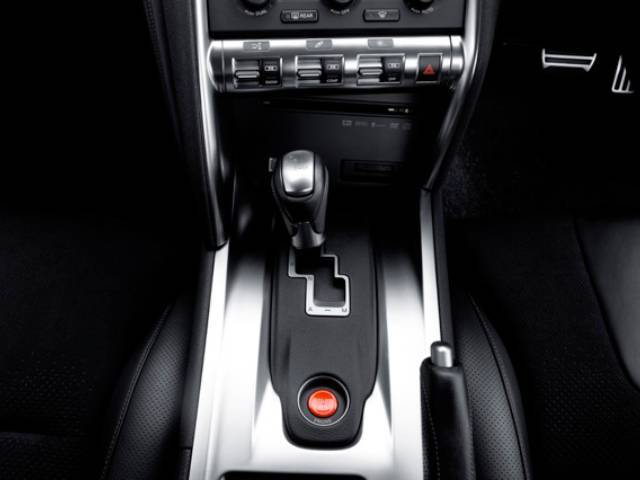Nissan announced recently the release of the latest version of the Nissan GT-R, updated with a number of enhancements, including a revised navigation system, recalibrated suspension settings and an improved-flow catalyst system.
The 2010 model goes on sale on December 7th at Nissan dealers nationwide in Japan and in other global markets beginning next spring.
Since its introduction in the Japanese market in December 2007, the Nissan GT-R has gone through continuous evolution, remaining on the cutting-edge of multi-dimensional performance. The GT-R has also been acclaimed globally, winning more than 50 top awards in various categories since its launch. Nissan has also been lauded for supporting GT-R owners with exceptional after-sales service.
The latest revisions to GT-R include a new HDD-based CARWINGS navigation system with enhanced entertainment functions. A USB port with iPod connectivity allows the driver and passengers to enjoy their favorite music in the car, creating an even more pleasant interior environment.
In addition, the GT-R's suspension has been retuned to offer enhanced, premium quality ride comfort, while still providing the driver with a feeling of direct contact with the road surface. The accuracy of the front shock absorbers and springs has been increased and the stiffness of rear suspension radius rod bushings has been strengthened. Rear diffusers with cooling ducts, previously available only on the GT-R SpecV, have been expanded to non-SpecV models, improving cooling performance around the rear floor area.
The exclusive Nissan GT-R SpecV models receive revised rear shock absorber settings, enhancing the characteristic combination of supple ride comfort and flat, predictable handling. In conjunction with this change, SpecV now comes standard with Dunlop tires. The previously standard Bridgestone tires are available as a factory-installed option.
Finally, both the Nissan GT-R and GT-R SpecV achieve improved low- and mid-range engine response, thanks to newly adopted hexagonal meshed catalyst cells that reduce ventilation/airflow resistance.





















